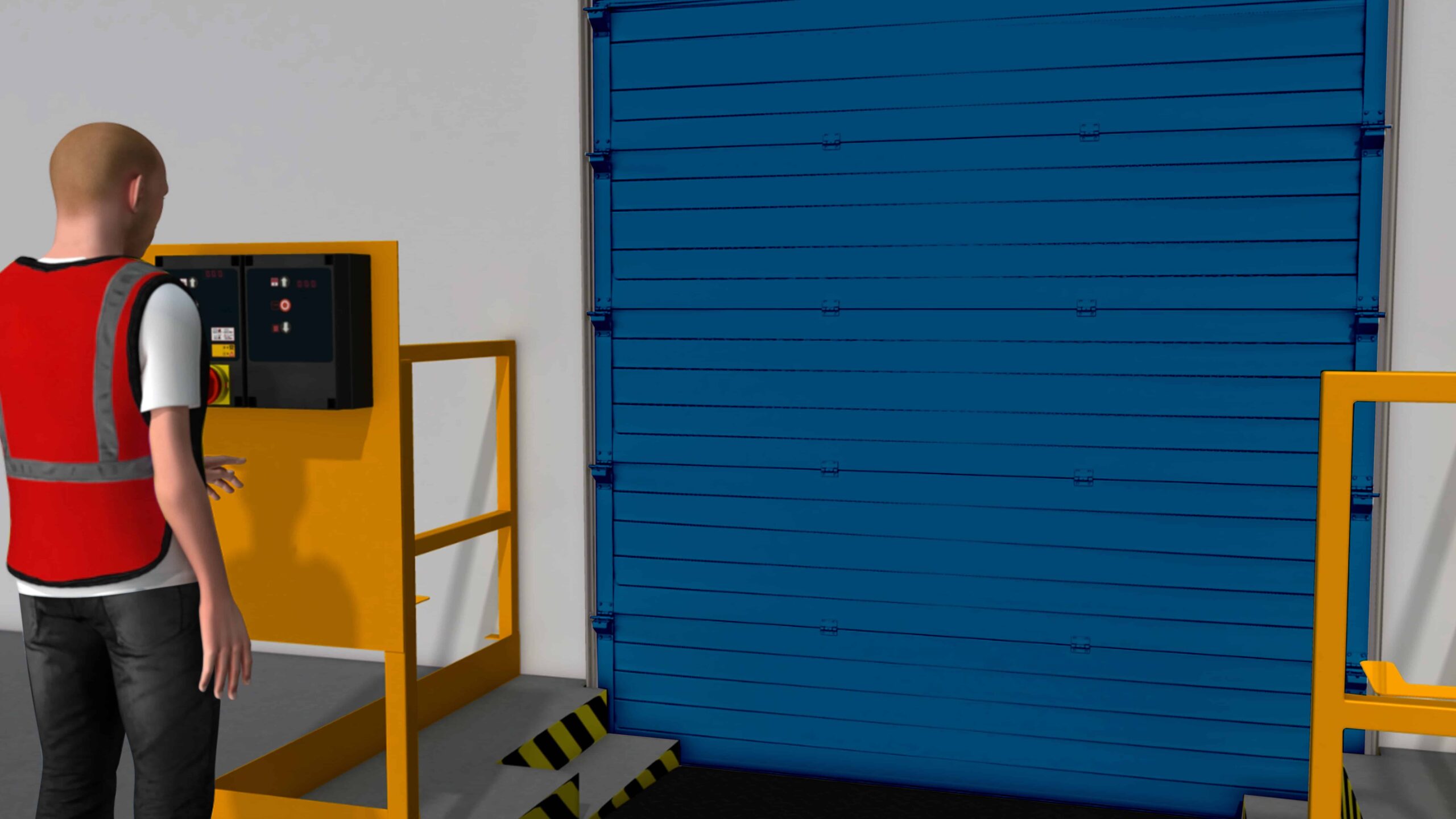Outsourcing 3D modeling services can be a strategic decision for businesses looking to leverage specialized skills, reduce costs, and streamline their workflows. However, like any business endeavor, there are potential pitfalls that can lead to dissatisfaction, delays, and increased costs if not managed properly. This article highlights common mistakes to avoid when outsourcing 3D modeling services to ensure a successful and fruitful collaboration.
1. Not Clearly Defining Project Requirements
One of the most common mistakes when outsourcing 3D modeling services is not clearly defining project requirements from the outset. Ambiguous or incomplete project briefs can lead to misunderstandings, delays, and revisions. To avoid this, it’s crucial to provide detailed specifications, including design concepts, dimensions, materials, textures, and desired outcomes, ensuring alignment with the outsourcing partner’s capabilities and expertise.
2. Choosing the Lowest Cost Provider Without Consideration for Quality
Opting for the lowest-cost provider without considering the quality of work can be a costly mistake in the long run. While cost-efficiency is important, it should not come at the expense of quality. It’s essential to evaluate potential outsourcing partners based on their portfolio, expertise, reviews, and reputation in the industry, ensuring a balance between cost and quality.
3. Overlooking Communication and Collaboration
Communication and collaboration are key to successful outsourcing relationships. Overlooking these aspects can lead to misunderstandings, delays, and dissatisfaction. Establishing clear communication channels, setting expectations, providing regular updates, and being responsive to queries and feedback are essential for maintaining a productive and collaborative partnership with the outsourcing team.
4. Not Checking References or Past Work
Failing to check references or past work of potential outsourcing partners is a common oversight. References, client testimonials, and a portfolio of past projects provide valuable insights into the quality, reliability, and professionalism of the outsourcing provider. It’s advisable to thoroughly review and assess these factors before making a decision to ensure compatibility and trustworthiness.
5. Ignoring Intellectual Property and Data Security
Ignoring intellectual property rights and data security can lead to legal complications and risks. It’s essential to have clear agreements in place regarding ownership of designs, confidentiality, and data protection. Choosing outsourcing partners with robust security measures, adherence to industry standards, and a reputation for integrity helps safeguard intellectual property and sensitive information.
6. Not Setting Clear Deadlines and Milestones
Not setting clear deadlines and milestones can result in delays and project overruns. Establishing a realistic timeline, setting clear milestones, and monitoring progress are essential for keeping the project on track. Regular updates, progress reports, and adherence to deadlines help ensure timely completion of 3D modeling projects.
7. Ignoring Cultural and Time Zone Differences
Ignoring cultural differences and time zone variations can hinder effective communication and collaboration with outsourcing partners. Understanding and respecting cultural nuances, accommodating time zone differences, and establishing overlapping working hours can facilitate smoother interactions and foster a harmonious working relationship.
8. Lack of Flexibility and Adaptability
Being rigid and resistant to change can impede the success of outsourced 3D modeling projects. Flexibility and adaptability are essential traits for navigating unforeseen challenges, accommodating revisions, and embracing new ideas and suggestions from the outsourcing team. A collaborative and flexible approach fosters innovation and problem-solving, contributing to the overall success of the project.
9. Not Having a Contingency Plan
Not having a contingency plan in place to address potential risks and challenges can leave businesses vulnerable to disruptions and setbacks. Identifying potential risks, developing contingency plans, and being prepared to adapt to changing circumstances help mitigate risks and ensure continuity of 3D modeling services.
10. Failing to Evaluate and Measure Performance
Failing to evaluate and measure the performance of outsourcing partners can hinder continuous improvement and optimization of 3D modeling services. Establishing key performance indicators (KPIs), conducting regular reviews, and providing constructive feedback enable businesses to assess performance, identify areas for improvement, and foster ongoing collaboration and improvement.
In conclusion, avoiding these common mistakes when outsourcing 3D modeling services can lead to a more successful, efficient, and rewarding collaboration. By focusing on clear communication, quality, collaboration, security, flexibility, and continuous improvement, businesses can harness the benefits of outsourcing while minimizing risks and maximizing value.




